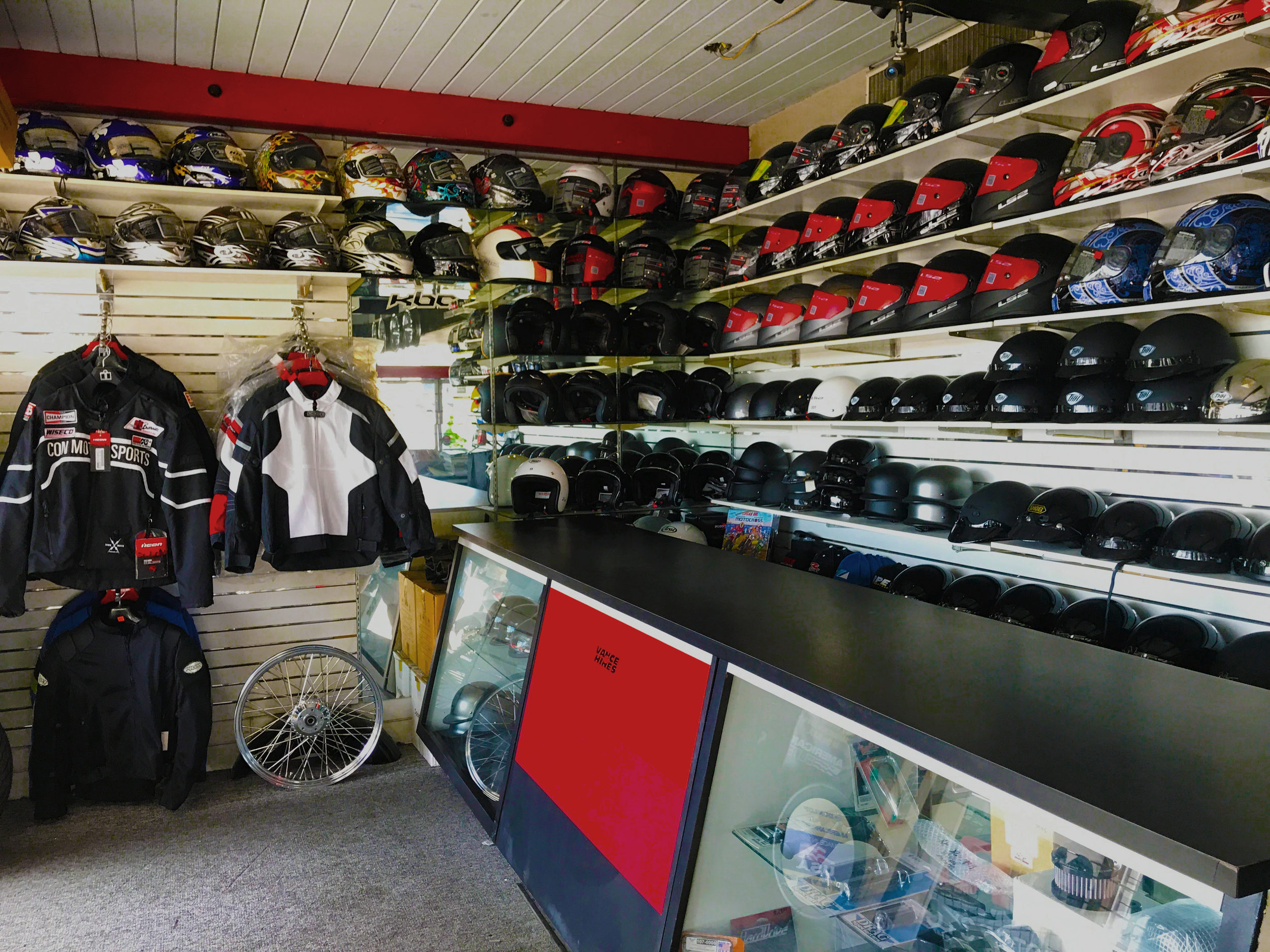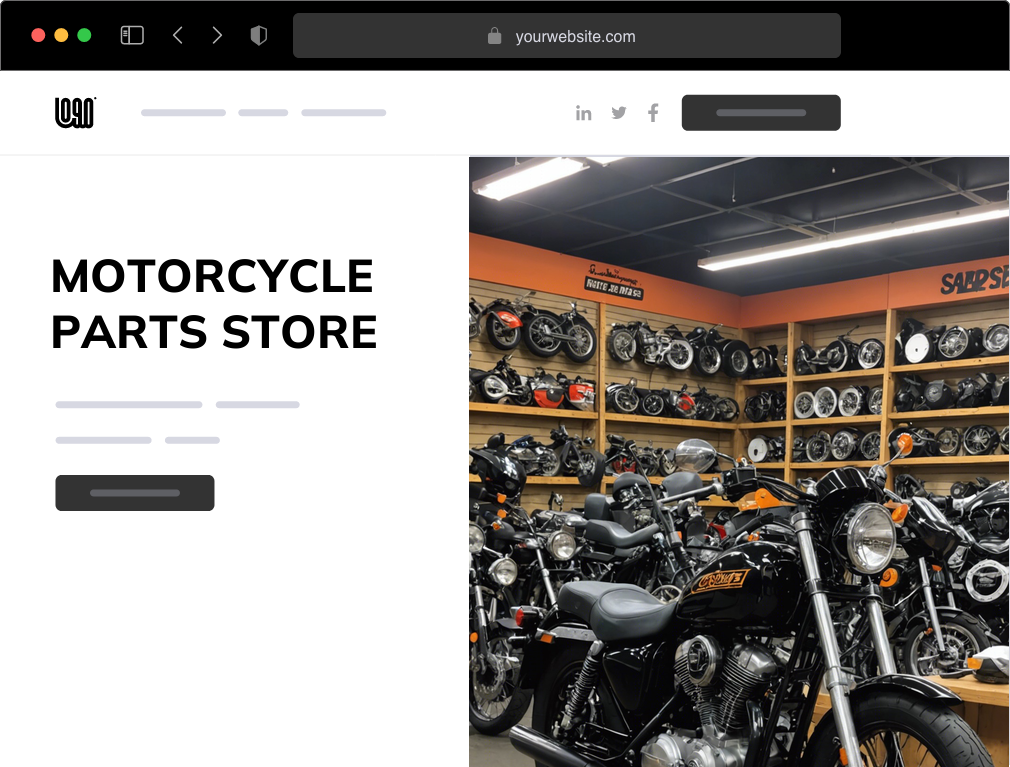Leading MX Gear NZ: Prepare for Your Next Off-Road Adventure
Leading MX Gear NZ: Prepare for Your Next Off-Road Adventure
Blog Article
Recognizing the Important Parts of a Motorcycle: A Comprehensive Guide for Enthusiasts
For motorbike lovers looking to raise their riding experience and ensure their bikes run efficiently, understanding the necessary components of a bike is critical. Each component, from the engine's detailed functions to the critical duty of the braking systems, not only affects efficiency however additionally safety and security and convenience.
Engine Components

The camshaft plays an important duty in managing the timing of the engine's valves, ensuring the exact opening and closing needed for efficient fuel and air intake, in addition to exhaust expulsion. This timing is vital to keeping optimum engine efficiency and performance. Additionally, the carburetor or gas injection system, depending on the motorcycle design, is in charge of blending air with fuel in the proper ratio for combustion.
The air conditioning system, either air or liquid-based, works to preserve the engine's temperature level within operational limitations, avoiding getting too hot and ensuring long life - motocross gear nz. Each component, thoroughly created and integrated, adds to the smooth operation of the engine, defining the motorbike's power result and overall efficiency
Transmission System
Indispensable to the motorbike's performance, the transmission system ensures reliable power transfer from the engine to the wheels. This system makes up a number of important parts, consisting of the clutch, transmission, and last drive, each playing a vital role in equating the engine's power right into movement. The clutch, usually operated by a hand lever, serves to disengage the engine and involve from the transmission, enabling smooth equipment changes and controlled velocity.
The gearbox, typically described as the transmission proper, consists of a collection of equipments that riders can manually shift through to adjust the bike's speed and torque output. These gears are organized in a sequence that makes it possible for the motorbike to increase smoothly and preserve optimal engine efficiency across different speeds. Many motorcycles make use of a sequential transmission, needing the rider to change equipments in a predetermined order.
Braking Devices
While understanding the transmission system is essential to taking advantage of a motorcycle's power, equally vital is the capability to manage and stop that power effectively, which is where braking systems come into play. Brakes are important for safety and efficiency, supplying the motorcyclist with the needed control to navigate different terrains and problems. Generally, motorbikes include 2 types of braking systems: disc brakes and drum brakes.
Disc brakes are a lot more prevalent in modern bikes due to their superior efficiency. This system offers much better heat dissipation, consistent efficiency, and enhanced quiting power, particularly in wet problems.
Conversely, drum brakes, though much less usual, are still found in some bikes. They function by pressing brake shoes against the internal surface of a drum connected to the wheel. While typically less reliable in heat dissipation and stopping power, drum brakes are less complex and extra cost-effective.
Comprehending these braking systems' nuances enables bikers to preserve their bikes appropriately and appreciate the design that ensures safe and efficient stopping.
Suspension and Steering
Suspension and guiding systems are important components that significantly influence a motorcycle's handling and experience comfort. The suspension system, consisting of forks at the front and shock absorbers at the back, soaks up road abnormalities, improving stability and control. Front forks, inverted or normally telescopic, compress and rebound to reduce influences, while back shock absorbers keep tire call with the road, vital for traction and security.
Steering, centered around the handlebars, links the motorcyclist to the bike's directional control. The guiding head bearings guarantee smooth operation, permitting specific ability to move. Appropriate placement and maintenance of these bearings are essential for foreseeable guiding action and lowering biker fatigue.
The suspension's adjustability is an additional crucial aspect; preload, damping, and rebound settings permit customization to fit dirtbike armor different riding styles and conditions. This adaptability is vital for maximizing efficiency, whether browsing city roads or tackling rugged routes. Advancements like electronic suspension systems supply real-time modifications, boosting experience high quality across varied terrains.

Electrical Equipments
After making sure a regulated and smooth adventure through effective suspension and steering systems, attention turns to the electric systems, an essential aspect of modern-day motorbikes. These systems play a vital role not just in starting the engine yet also in powering different elements that boost the capability and safety of the motorcycle.
At the heart of a motorcycle's electrical system is the battery, which stores electrical power required for starting the engine and powering auxiliary systems - motox parts nz. The alternator or generator, paired with the rectifier-regulator, makes certain the battery continues to be billed while the bike is in operation, converting power into electric power and maintaining voltage degrees
The ignition system, one more crucial component, is in charge of stiring up the air-fuel combination in the engine's cylinders. Modern bikes usually utilize a digital ignition system, offering better efficiency and integrity compared to typical systems.
Illumination systems, consisting of headlights, tail lights, and indications, are also essential, guaranteeing visibility and safety for the rider. Added digital elements such as sensing units, control units, and displays add to advanced features like gas shot monitoring, anti-lock stopping systems (ABS), and digital dashboards, further improving the riding experience.
Conclusion
A thorough comprehension of a motorbike's important components, consisting of the engine, transmission system, braking systems, suspension, steering, and electrical systems, is vital for enthusiasts intending to enhance convenience, performance, and safety and security. Mastery of these aspects allows for notified decisions concerning upkeep and upgrades, ultimately enhancing the riding experience. By incorporating this understanding, motorcyclists aftermarket bike parts can ensure their bikes operate at use this link peak effectiveness and integrity, consequently optimizing both enjoyment and durability of their cars.
For motorcycle enthusiasts looking to elevate their riding experience and guarantee their bikes run efficiently, comprehending the important elements of a motorbike is vital.Integral to the motorcycle's capability, the transmission system makes sure efficient power transfer from the engine to the wheels.While recognizing the transmission system is crucial to taking advantage of a bike's power, just as important is the ability to manage and stop that power successfully, which is where braking mechanisms come right into play. Usually, bikes feature 2 types of stopping systems: disc brakes and drum brakes.
A thorough understanding of a bike's important elements, including the engine, transmission system, stopping mechanisms, suspension, guiding, and electric systems, is important for enthusiasts intending to optimize performance, safety and security, and comfort.
Report this page